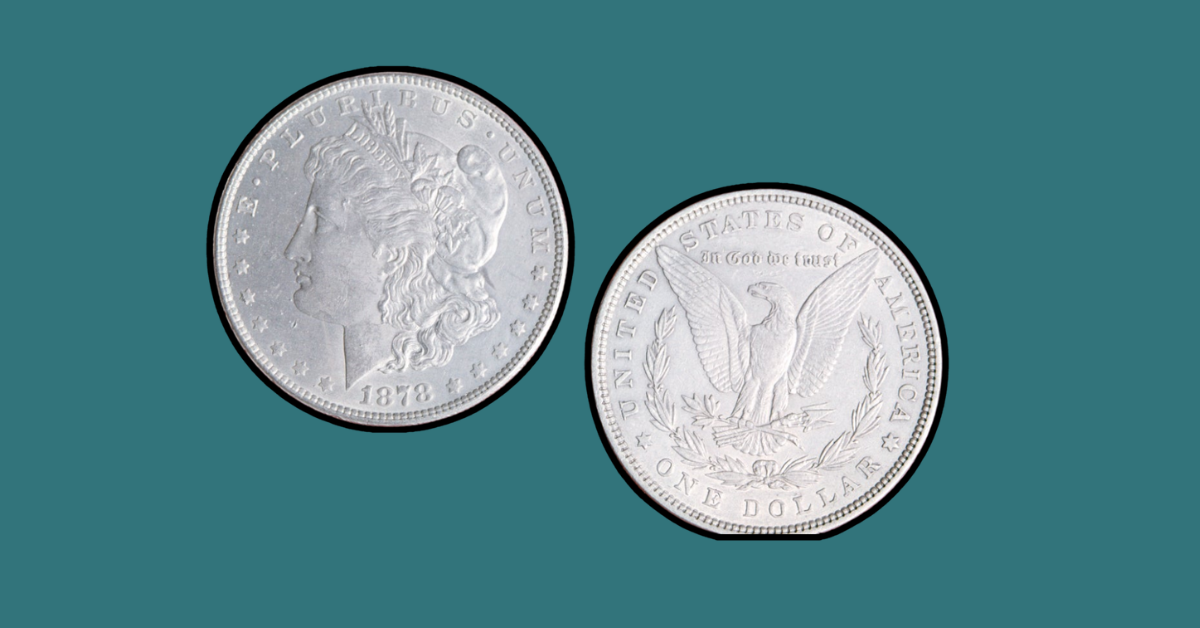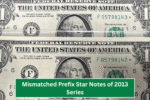A rare coin collector has struck gold — or rather, copper — after discovering a one-cent coin that could sell for up to $1 million. But the high value of this seemingly ordinary coin comes down to one very specific and rare detail.
The coin in question is a 1943 Lincoln penny made of bronze, not the standard steel used during World War II. It is one of a limited number of pennies mistakenly struck in bronze at a time when the United States Mint had shifted to using zinc-coated steel to save copper for the war effort.
The 1943 bronze cent is one of the most significant and highly sought-after coins in American numismatic history. Only about 20 of these coins are believed to exist, making them exceedingly rare and incredibly valuable to collectors.
A Historic Minting Error
In 1943, amid global conflict, the U.S. Mint stopped producing one-cent coins with the usual copper alloy and shifted to steel coated with zinc. This decision was part of larger wartime conservation efforts, as copper was needed for ammunition and other defense uses.
However, a few bronze planchets — the blank disks used to make coins — were left in the minting machinery when production moved to steel. As a result, a tiny number of 1943 Lincoln cents were struck with the older bronze composition, creating a minting error that has captivated coin enthusiasts for decades.
For most people, a penny is hardly worth a second glance. Yet, for informed collectors, it is critical to check every detail — especially the year, material, and condition. In the case of this rare penny, its 1943 date paired with a reddish-brown hue distinguishes it from the far more common steel version produced that year.
A Collector’s Lifelong Vigilance Pays Off
The lucky collector who recently verified his rare 1943 bronze cent has chosen to remain anonymous. He reportedly kept the penny tucked away for over 40 years, suspecting it might be valuable but unaware of its true worth. The coin was recently authenticated by a top grading service, with experts confirming its composition and date.
“Finding a 1943 bronze cent is like finding a needle in a haystack,” said numismatist Chris Moran. “When one surfaces in high-grade condition, it is a big deal. These coins are truly the crown jewels of error coins in American coinage.”
The verified coin is expected to fetch as much as $1 million at auction, though previous sales suggest even higher potential. In 2010, a similar 1943 bronze cent, graded in mint condition, sold for $1.7 million to a private collector.
Spotting the Million Dollar Detail
To the untrained eye, determining whether a 1943 penny is bronze or steel might seem difficult. However, a simple magnet test can help. The standard 1943 steel cent is magnetic, while the rare bronze version is not. Color is another giveaway: steel cents have a silvery appearance, whereas the bronze cents look more like standard copper pennies.
Still, due to counterfeits and modified coins, authentication by a reputable coin grading service is essential. Over the years, numerous fake 1943 bronze cents have surfaced, many of which were altered steel specimens or coins with tampered dates.
“Having the coin authenticated by a professional is key,” Moran emphasized. “Collectors try to fake these, so documentation and grading are critical to establishing value.”
Growing Interest in Rare Coins
With the soaring popularity of numismatics, or coin collecting, finds like the 1943 bronze penny continue to spark fascination among hobbyists and investors. The rarity and backstory of coins like these breathe new life into old change and inspire amateur collectors to start checking their pocket money for hidden gems.
Experts advise coin enthusiasts to research minting years, compositions, and known errors to familiarize themselves with valuable patterns. Some other notable coins include the 1955 doubled die Lincoln cent and the 1969-S doubled die obverse penny — both famous for their production anomalies and auction values.
The recent find underscores the timeless appeal of rare coins and the extraordinary luck or tenacity it can take to find one.
“The coins with the biggest stories are often mistakes,” Moran said. “They were never meant to exist, and yet here they are — changing lives decades later.”
What to Look for in Your Change
While the odds of finding a real 1943 bronze cent are extremely low, it is worthwhile for collectors and enthusiasts to pay attention to older coins. Some tips for identifying potentially valuable coins include:
– Understanding metal composition changes throughout minting history
– Paying attention to date and mint marks
– Using a magnet to differentiate copper from steel
– Checking for visible errors like double dies or off-center strikes
– Consulting a coin dealer or grading service for professional assessment
As coin values continue to rise, driven both by rarity and increased interest in historical collectibles, experts say it is more possible than ever for someone to stumble on a fortune in the bottom of a piggy bank.
From one collector’s decades-old suspicion to a lucky one-cent coin reaping a potential million-dollar reward, the story of the 1943 bronze Lincoln cent is a reminder of the hidden stories etched into every coin — and the life-changing potential they might carry.



